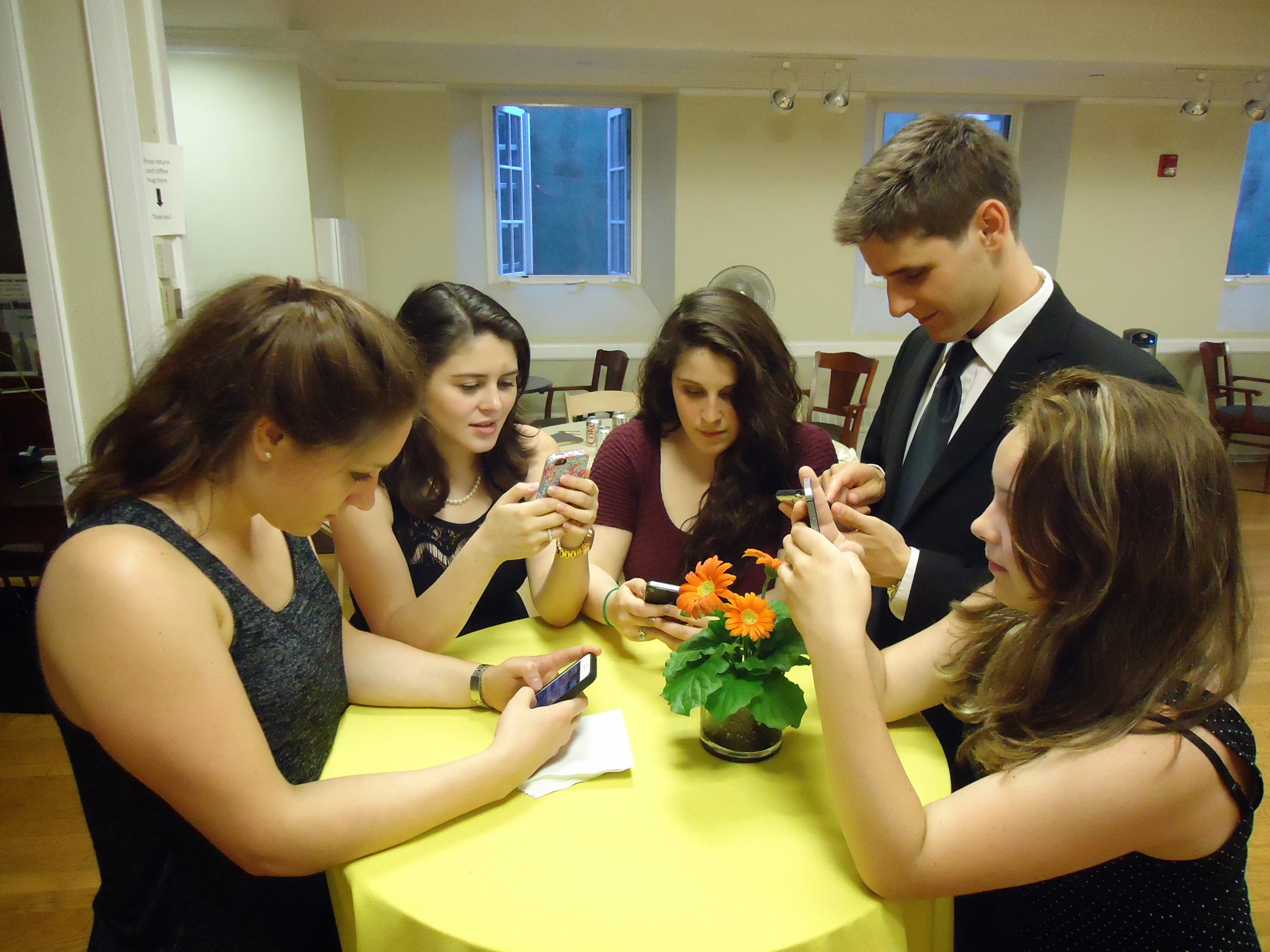by Stacey Dingwall
Last week saw the launch of Universities UK’s #stepchange campaign – a framework that aims to help universities support the mental wellbeing of their student populations. In their case for action as to why the framework was needed, the organisation noted that recent years have seen an increase in the number of student suicides in the UK and the US, as well as an increase in the number of students reporting mental health issues.
Both countries rank in the top 10 in terms of smartphone users across the world, with close to 70% of each country’s population being smartphone owners. And within that percentage, 18-24 year olds are the highest using age group.
Smartphone dependence and its impact
Earlier this year, the Royal Society for Public Health (RSPH) released a report that looked at the impact that the ubiquity of smartphones is having on young people’s mental health, focusing on their social media activity. Some of the headline figures from the report include the fact that over 90% of the 16-24 age group use the internet for social media, primarily via their phones. It is also noted that the number of people with at least one social media profile increased from 22% to 89% between 2007 and 2016. Also on the increase? The number of people experiencing mental health issues including anxiety and depression.
Can rising anxiety and depression rates really be linked to increased internet and smartphone use? The RSPH report notes that social media use has been linked to both, alongside having a detrimental impact on sleeping patterns, due to the blue light emitted by smartphones. This point came from a study carried out at Harvard, which looked at the impact of artificial lighting on circadian rhythms. While the study focused on the link between exposure to light at night and conditions including diabetes, it also noted an impact on sleep duration and melatonin secretion – both of which are linked to inducing depressive symptoms.
So what’s the answer? Smartphones aren’t going away anytime soon, as seen in the excitement that greets every new edition of the iPhone, a decade on from its launch. With children now being as young as 10 when they receive their first smartphone, parents obviously have a role in moderating use. This inevitably becomes more difficult as children grow up, however, and factors such as peer pressure come into play. And it’s also worth acknowledging that heavy smartphone use isn’t restricted to the younger generation – their parents are just as addicted as they are.
Supporting children and young people
In February Childline released figures which stated that they carried out over 92,000 counselling sessions with children and young people about their mental health and wellbeing in 2015-16 – equivalent to one every 11 minutes. Although technology clearly has its impact – the helpline has also reported a significant increase in the number of sessions it carries out in relation to cyberbullying – the blame can’t be laid completely at its door. Although the world has gone through turbulent times in the past, it’s been well documented recently that today’s young people have it worse than their parents’ generation, particularly in terms of home ownership and job stability. Others have pointed towards a loss of community connections in society, and children spending less time outdoors than previous generations – not only due to devices that keep them indoors but also hypervigilant parents.
In fact, perhaps we hear more about mental health issues experienced by children and young people because smartphones and social media have given them an outlet to express their feelings – something previous generations didn’t have the ability to do. What we should be focusing on is how to respond to these expressions – something we’re still not getting right, despite countless reports and articles making recommendations to governments on how they can do better in this area.
Follow us on Twitter to see what developments in public and social policy are interesting our research team. If you found this article interesting, you may also like to read our other articles on mental health.
Share
Related Posts
By Donna Gardiner While free school meals (FSM) have been available in England on a means-tested basis since 1944, recent years have seen a renewed focus upon the potential benefits of providing free school meals to all school-aged children. Currently, ....
Today sees the start of Community Garden Week 2023. Across the UK, communities will be celebrating the many and varied types of community gardens, from children’s and neighbourhood gardens to therapy gardens and allotments. The benefits of community gardens are ....
By Hollie Wilson At the start of 2020, an independent review was published setting out what needed to be done to bring about changes to the care system for children and young people in Scotland. At the heart of the ....
The “No Wrong Door” (NWD) programme means exactly that – there is no wrong door to turn to for young people seeking support. NWD works on several core principles, which include working with young people’s birth family or guardians, allowing ....

